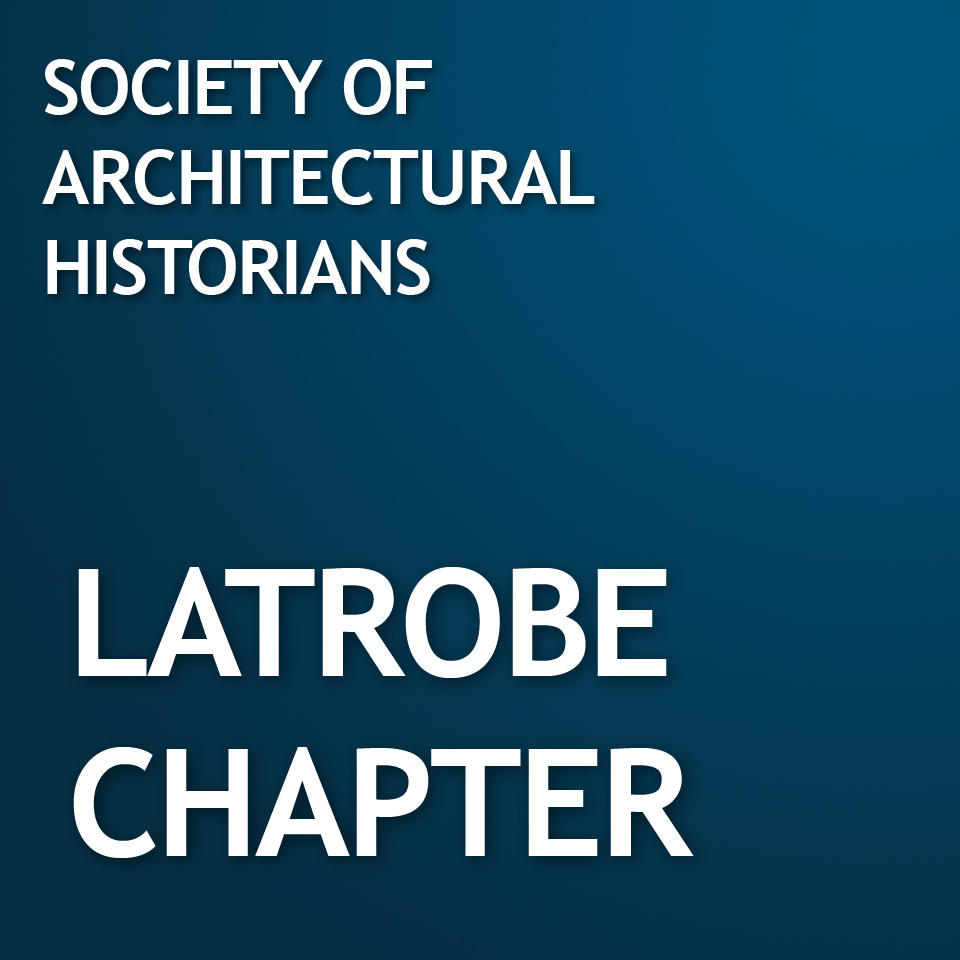This lecture is being offered as the culmination of our biennial symposium, “Race, Ethnicity, and Architecture in the Nation’s Capital.”
If you have already registered for the symposium, no action is necessary, we will send you access information in advance of the event. Non-registrants may attend at no cost; please enter your contact information in the form below and we will provide access information in advance of the event.
This lecture comes from Wiley’s current book project, a history of Black Washingtonian’s ambition for education as a means towards racial uplift and the repercussions therein. During the height of the Jim Crow era, White reactionaries in the city used urban planning as a tool for racialized spatial elimination, dislocating Black residents and shuttering Black schools, causing increased overcrowding in near Howard University in Northwest. A 1950s Washington Post crime reporter argued the schools in the Second Police Precinct faced competition from the neighborhood alleys which were “classrooms for trouble.” Black youth in the historic mid-city neighborhood were continuously pathologized in print, on television, and in academic reports.
Wiley argues that despite major gains in federal Civil Rights legislation, Washington public schools continued to flounder throughout the 1960s, in large part due to the absence of Home Rule. Black parents in the city fought against a discriminatory ability tracking system implemented by Superintendent Carl Hansen shortly after integration. Federal education policymakers put their hopes first in New Frontier juvenile delinquency programs, then in Lyndon B. Johnson’s War on Poverty, to lend aid to the crippled school system. Wiley contends that the bankrupt school system, which relied on Congress for budgetary appropriations, was the recipient of federal grants because Black youth were criminalized, not because of the decrepit condition of the schools. The problem of Black schools in Washington, according to policymakers, was the problem of Black pathology, not white racism. Thus, federal dollars were spent on compensatory programs rather than bricks and mortar projects, until the 1965 uprising in Watts forced a change in the administration of urban policy projects. Shaw Junior High School (known by then as “Shameful Shaw”), was a symbol of both bureaucratic disfunction in the city and the supposed “cultural depravity” of Black youth. In an effort to avoid urban unrest in Washington, Shaw and the neighborhood around it would become the basis of a Model Cities urban renewal project promoted by local clergy and activist Walter Fauntroy.
Amber Wiley is an Assistant Professor of Art History at Rutgers University. Her research interests center on the social aspects of design and how it affects urban communities - architecture as a literal and figural structure of power. She focuses on the ways local and national bodies have made the claim for the dominating narrative and collective memory of cities and examines how preservation and public history contribute to the creation and maintenance of the identity and sense of place of a city. Her publications cover African American cultural heritage, urbanism in New Orleans, school design, urban renewal, and preservation.
She was Co-Principal Investigator of the National Historic Landmark Nomination Update for the Carter G. Woodson Home National Historic Site. She gave expert testimony for the highly contested Barry Farm historic landmark designation in Washington, DC. She also worked as a consultant for the National Building Museum exhibition “Community Policing in the Nation’s Capital: The Pilot District Project, 1968-1973.” She has served on the National Park System Advisory Board Landmarks Committee, and on the boards of the Vernacular Architecture Forum, Latrobe Chapter of the Society of Architectural Historians, and the Yale Black Alumni Association.
Amber received her Ph.D. in American Studies from George Washington University. She also holds a Master's in Architectural History and Certificate in Historic Preservation from the University of Virginia School of Architecture, and a B.A. in Architecture from Yale University.
If you have not registered for the symposium but would like to attend this lecture only, please enter your contact information below. Please note this event will not be recorded.
Registration for this event has closed.

